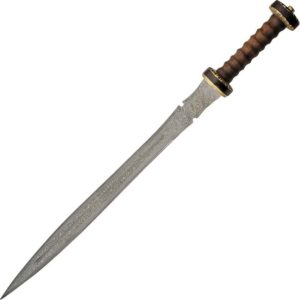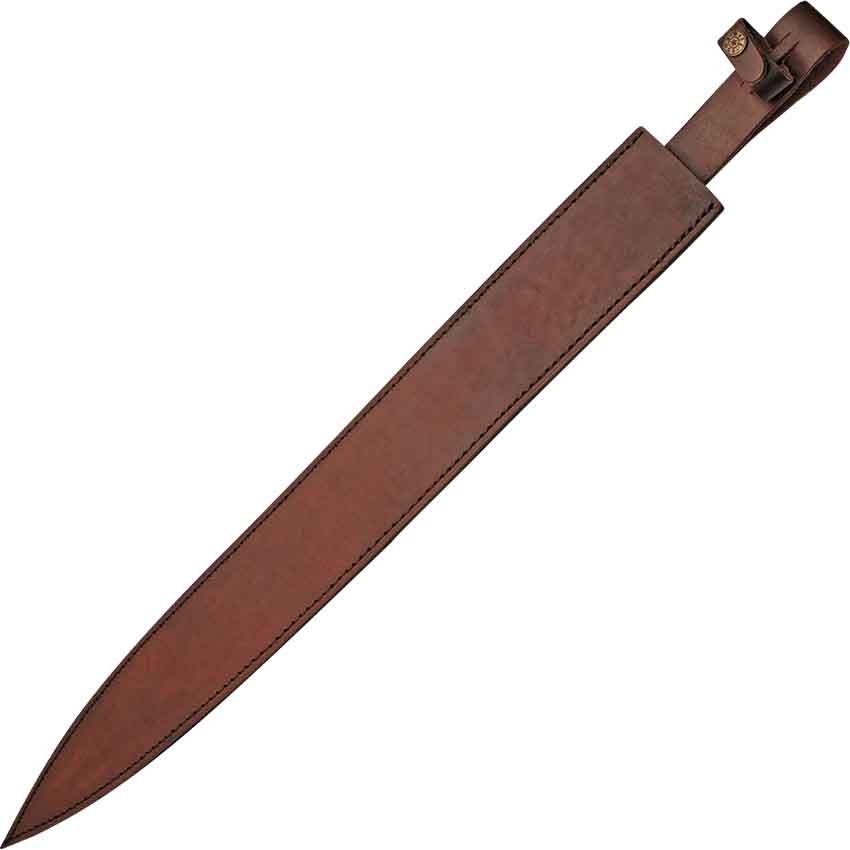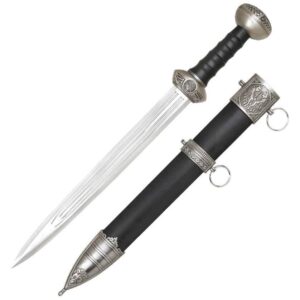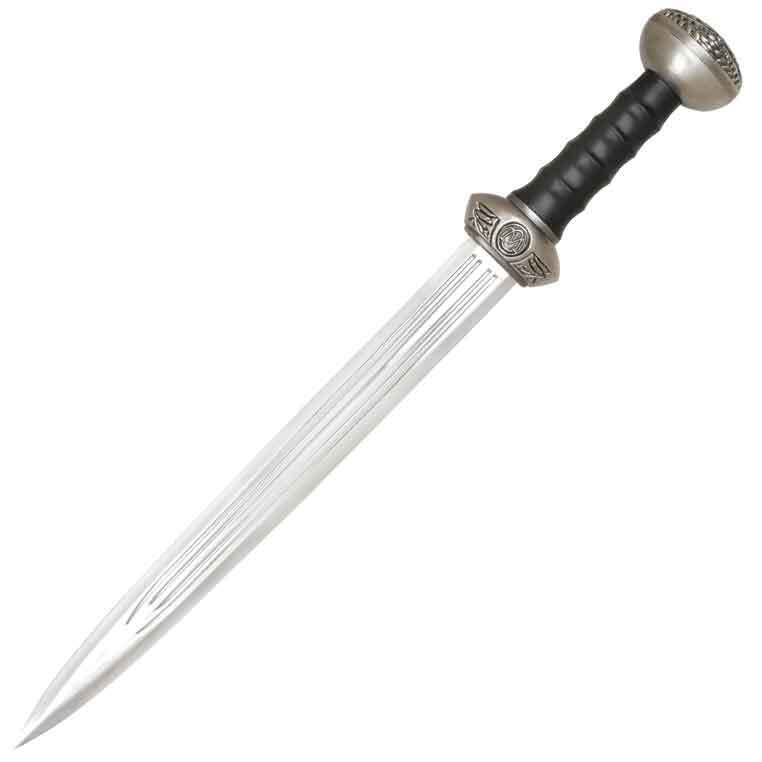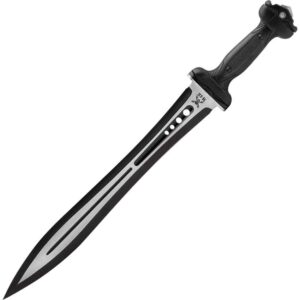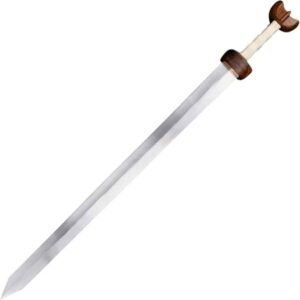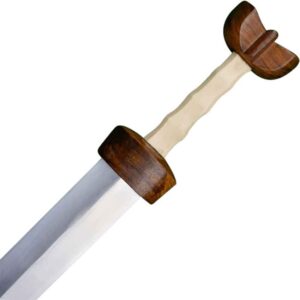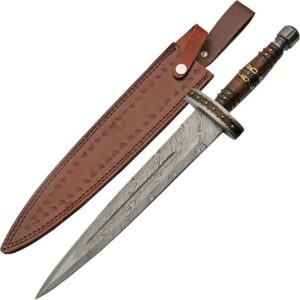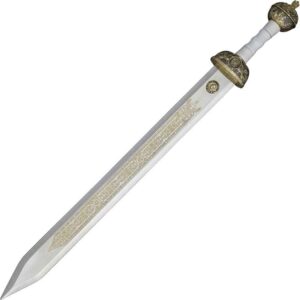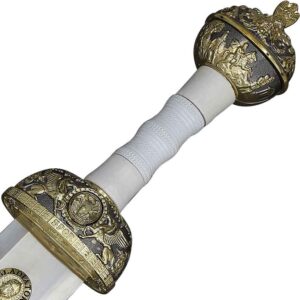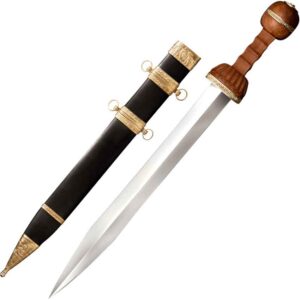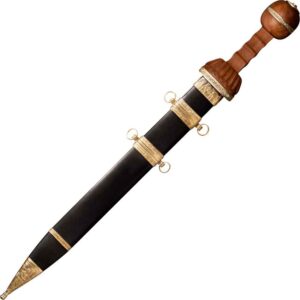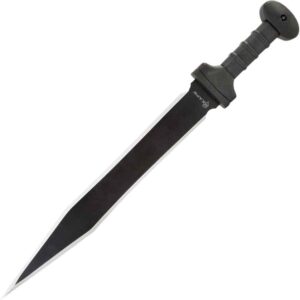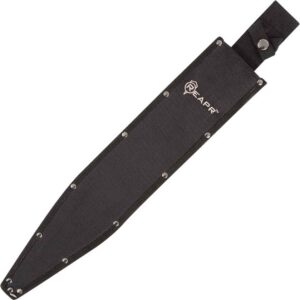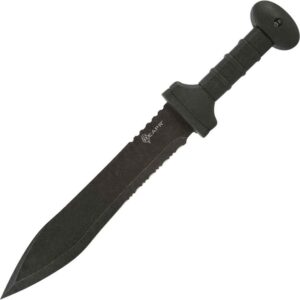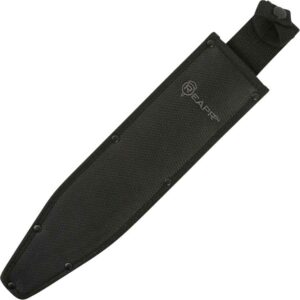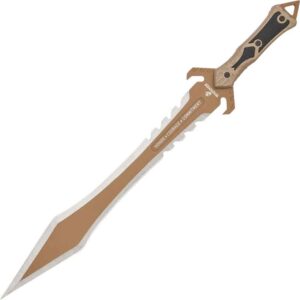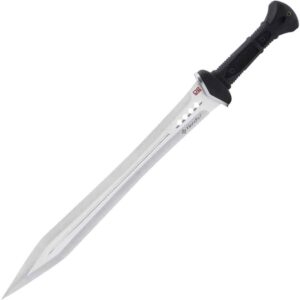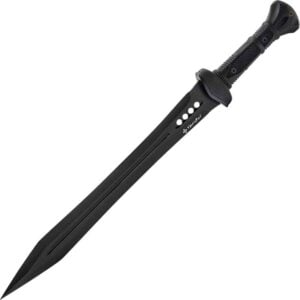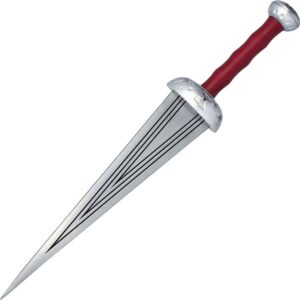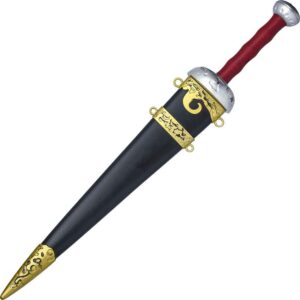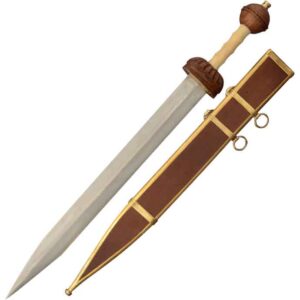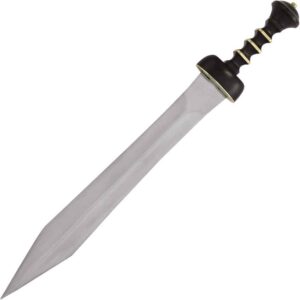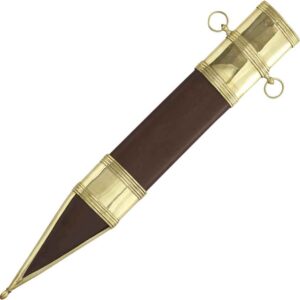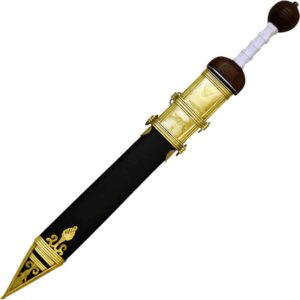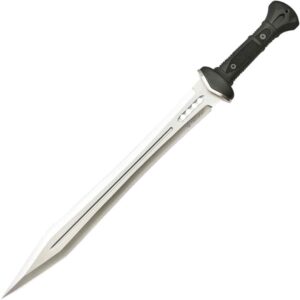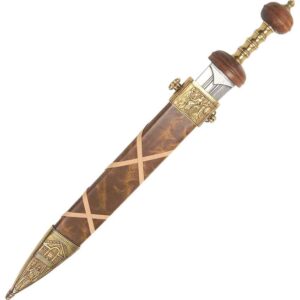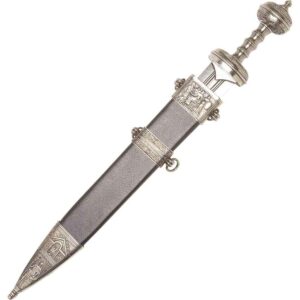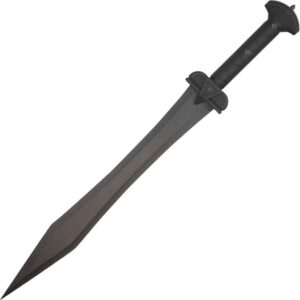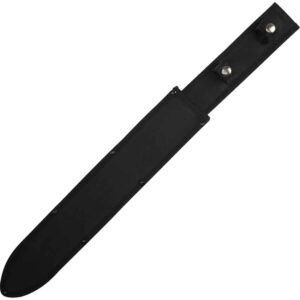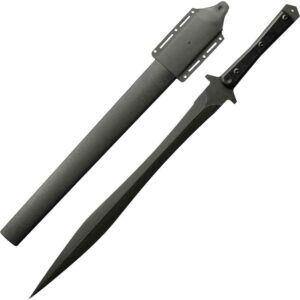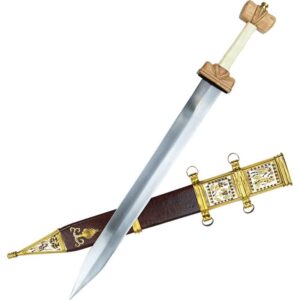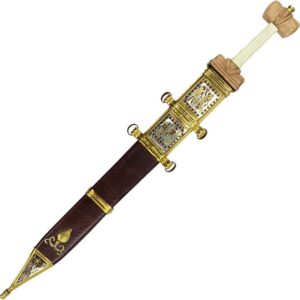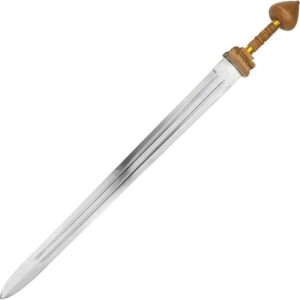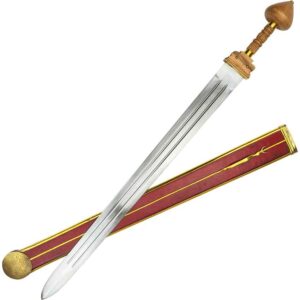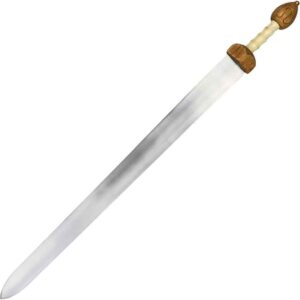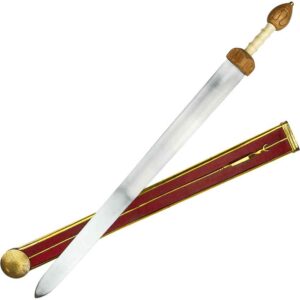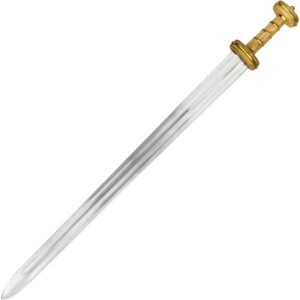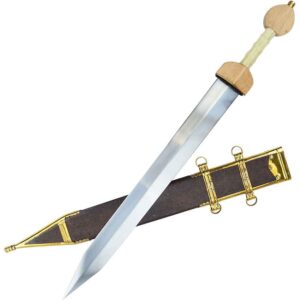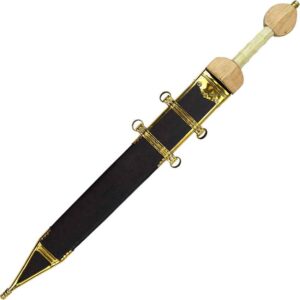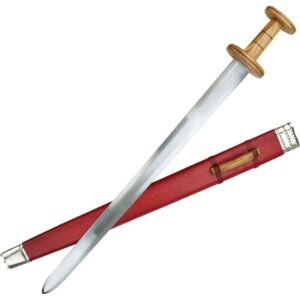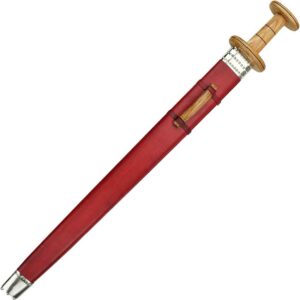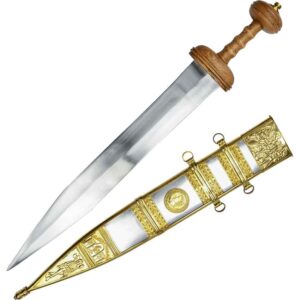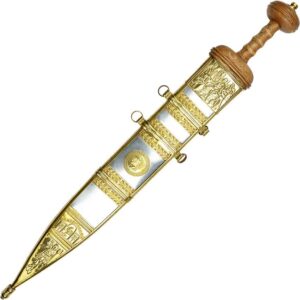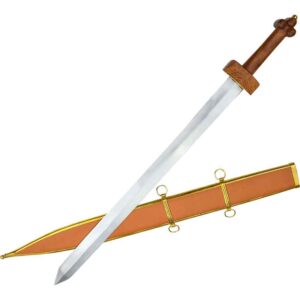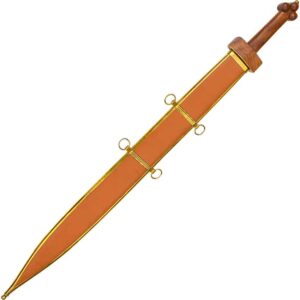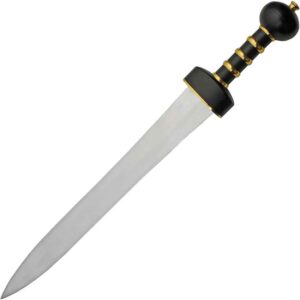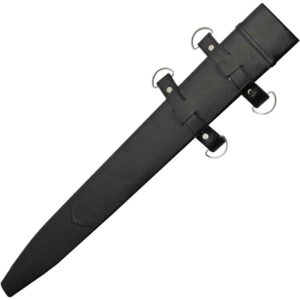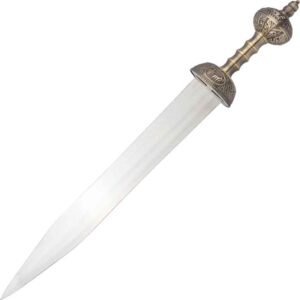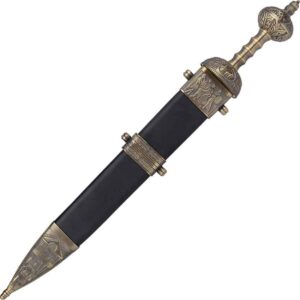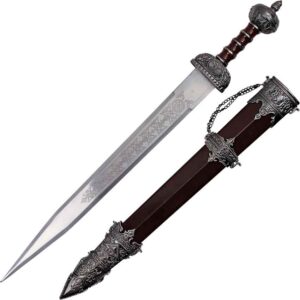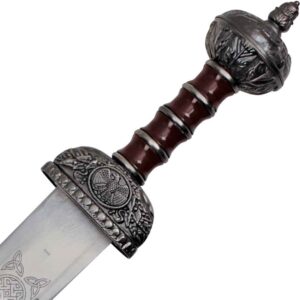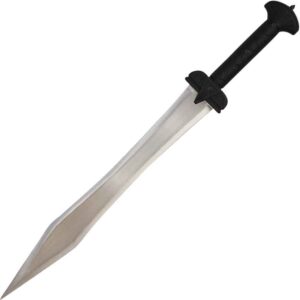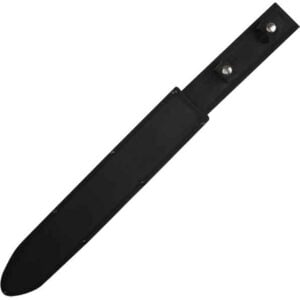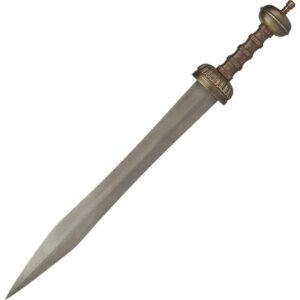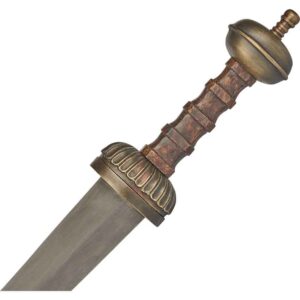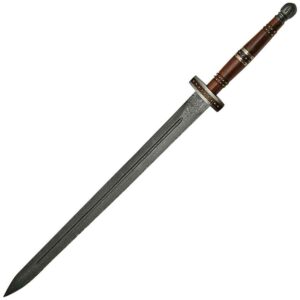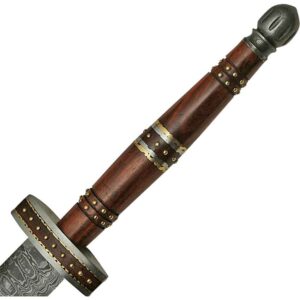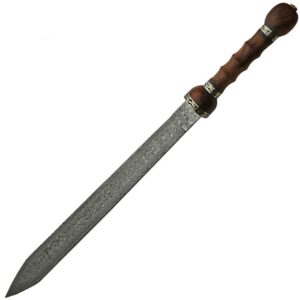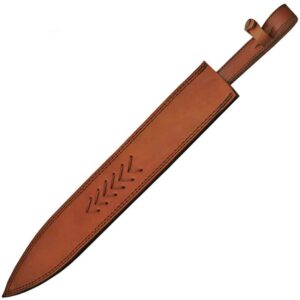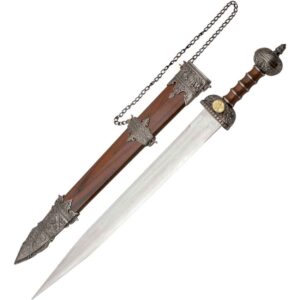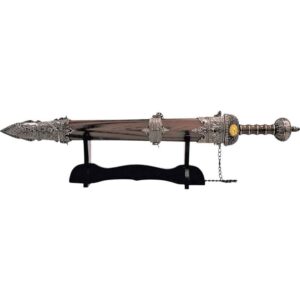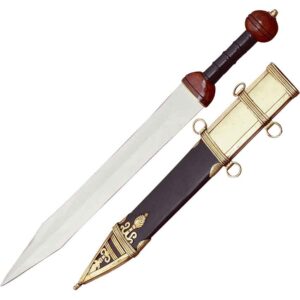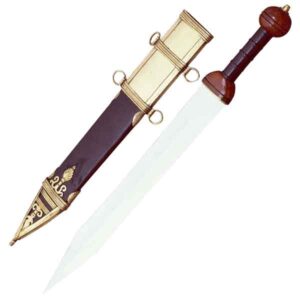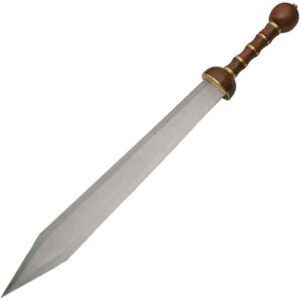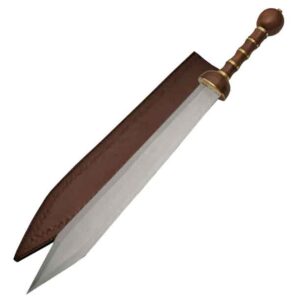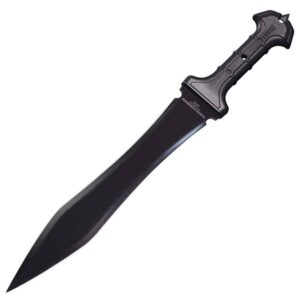Roman Swords
Showing 1–40 of 62 results
-
Roman Delos Sword
$152.00Original price was: $152.00.$138.00Current price is: $138.00. Add to BagFight against your foes with confidence, skill, and the Roman Delos Sword in hand. Having a blade with you is essential in battle. You can bring this sword to your next reenactment.
-
Roman Short Sword
$36.00Original price was: $36.00.$33.00Current price is: $33.00. Add to BagNot quite a gladius, too short to be a spatha, and too big to be a pugio, this Roman Short Sword is a balanced design based on the Roman style of sword-making, with a blade that stands out among examples of other Roman weapons.
-
M48 Gladius Sword
$211.50Original price was: $211.50.$153.00Current price is: $153.00. Add to BagLooking for a modern sword that is ready for action? The M48 Gladius Sword is the tactical blade you need for your adventures. It also makes a striking addition to any Roman sword collection or weaponry display.
-
Roman Cavalry Sword
$195.25 Add to BagYou sit upon your steed ready to fight for Rome and the empire. With the Roman Cavalry Sword in hand, you await the signal to attack. No matter if you fight under the guidance of Julius Caesar or Scipio Africanus, you feel powerful and mighty.
-
Folded-Steel Spearpoint Short Sword
$94.00Original price was: $94.00.$85.00Current price is: $85.00. Add to BagThe Folded-Steel Spearpoint Short Sword takes the classic design of a Roman gladius and gives it its own unique twist. Add this sword to your weaponry collection. This Roman gladius will truly stand out to any viewer.
-
Gladiator Sword
$191.00 Add to BagAre you looking for a striking Roman sword to put on display? If you are, then you should check out the Gladiator Sword by Art Gladius. This Roman sword makes an ideal addition to any weaponry collection or Roman decor.
-
Roman Gladius by Cold Steel
$854.89Original price was: $854.89.$683.91Current price is: $683.91. Add to BagNo matter if you are a Roman general or a senator who wants a blade, check out the Roman Gladius by Cold Steel for combat. Take this gladiator sword to your next historical reenactment or battle.
-
Meridius Sword
$75.00 Add to BagThe Meridius Sword has a tactical design perfect for the person wanting a companion sword for a wilderness expedition. You can take this black short sword with you on tactical tasks and outdoor adventures.
-
Legion Sword
$62.00 Add to BagIf you are looking for a companion sword for heading out into the wild, consider bringing the Legion Sword along with you. You can take this black short sword with you on tactical tasks and outdoor adventures.
-
USMC Desert Ops Gladiator Sword
$92.00Original price was: $92.00.$67.00Current price is: $67.00. Add to BagWarrior, take the USMC Desert Ops Gladiator Sword onto the battlefield. This sword combines two warrior cultures into one blade. This functional sword makes a great addition to combat gear or a weaponry collection.
-
Honshu Gladiator D2 Sword
$333.50Original price was: $333.50.$241.00Current price is: $241.00. Add to BagNo matter if you are preparing for Roman-inspired combat or a more modern battle, make sure to check out the Honshu Gladiator D2 Sword. Take this modern, updated version of a Roman gladius to your next reenactment battlefield.
-
Honshu Midnight Forge Gladiator Sword
$117.00 Add to BagWith its modern take on the popular weapon of Ancient Rome, the Honshu Midnight Forge Gladiator Sword is a weapon worthy of a warrior. Take this modern, updated version of a Roman gladius to your next battlefield.
-
Roman Sword with Black and Gold Sheath
$99.90 Add to BagWhen you are looking for a unique Roman blade to add to your array of weapons, check out the Roman Sword with Black and Gold Sheath. Put this sword on display in your home. It makes a great decor piece or collectible.
-
Roman Mainz-Wederath Gladius
$149.89 Add to BagThe gladius is the classic sword of ancient Roman soldiers, and its varieties are plentiful. The Roman Mainz-Wederath Gladius is a German variation on the traditional Roman sword, carried by foot soldiers and centurions alike.
-
Wood Grip Roman Sword
$182.95 Add to BagWarriors such as yourself may wish to adorn your favorite space with a weapon. You should check out the Wood Grip Roman Sword. This sword makes a great addition to a display or collection. Use it to decorate your home.
-
Roman Gladiator Gladius Sword
$125.00 Add to BagWhen you want to look the part of a Roman warrior, you should have a weapon at your side like the Roman Gladiator Gladius Sword. This stainless-steel sword makes a great addition to a display or collection.
-
Honshu Gladiator Sword With Sheath
$149.75Original price was: $149.75.$108.00Current price is: $108.00. Add to BagThe Roman gladiator was a fearsome warrior of its time. Become a fearsome warrior yourself with the Honshu Gladiator Sword With Sheath. This modern, updated version of a Roman gladius is ideal for a variety of tactical uses.
-
1st Century Roman Gladiator Sword
$131.00 Add to BagIf you prefer to style your home or office with a distinctly Roman empire design, check out the 1st Century Roman Gladiator Sword. Add it to any sword collection or decor for a touch of Ancient Rome.
-
Silver Trim Julius Caesar Sword
$134.00 Add to BagIf you wish to dress up as the mighty emperor of Rome, Julius Caesar, make sure to have a sword like the Silver Trim Julius Caesar Sword. Add it to any sword collection or decor for a touch of Ancient Rome.
-
Black Blade Tactical Gladius Sword
$45.90 Add to BagYou have paid homage to the warriors that have fallen before you in battle. You carry the Black Blade Tactical Gladius Sword with you. Display this decorative, tactical-style sword in your home or office space.
-
APOC Wasteland Gladius
$193.00Original price was: $193.00.$175.00Current price is: $175.00. Add to BagJust like some of the soldiers of Ancient Rome, you have found yourself in an unfamiliar wasteland. In your hand, you wield the APOC Wasteland Gladius. This functional blade not only works in multiple scenarios but also looks great.
-
Titus Vespasianus Gladius Sword
$182.65 Add to BagWhen you are a Roman emperor or general, you require a sword with some ornate style. Thus, you wield the Titus Vespasianus Gladius Sword. This sword looks great on the battlefield in action and added to a sword collection.
-
2nd Century Roman Spatha
$175.09 Add to BagWarrior, your commanding officer hands you the 2nd Century Roman Spatha as thanks for your service to the empire. You carry it into battle. Bring this sword to a historical reenactment or add it your Roman sword collection.
-
Late Roman Spatha Sword
$166.27 Add to BagThe Late Roman Spatha Sword is equally great for those warriors who ride into battle or command the Roman Empire from a seat in the Senate. Bring this sword to a historical reenactment or add it your Roman sword collection.
-
3rd Century Roman Spatha Sword
$195.25 Add to BagYou hear your commander give orders for the battle. You are ready to take on the enemy as you wield the 3rd Century Roman Spatha Sword. Bring this sword to a historical reenactment or add it your Roman sword collection.
-
Fulham Gladius Sword
$137.29 Add to BagNo matter where you march in the name of the emperor, you make sure to carry the Fulham Gladius Sword with you to be ready for battle. You can bring this sword with you to your next reenactment. It also looks great on display.
-
5th Century Roman Spatha
$195.25 Add to BagAs an officer of the Roman empire, you know the value of carrying a proper blade. Wield the 5th Century Roman Spatha in your next battle. You can bring this sword with you to your next reenactment. It also looks great on display.
-
Tiberius Gladius Sword
$361.57 Add to BagRoman generals and emperors should have a magnificent sword at their side ready for battle. Be sure to check out the Tiberius Gladius Sword. You can bring this sword with you to your next reenactment. It also looks great on display.
-
Wooden Hilt Roman Spatha
$176.35 Add to BagWarrior, before you head into battle, you must choose a weapon to take with you. Wield the Wooden Hilt Roman Spatha for the empire. You can bring this functional sword with you to your next reenactment. It also looks great on display.
-
Black and Gold Hilt Roman Gladius
$119.00Original price was: $119.00.$108.00Current price is: $108.00. Add to BagA mighty warrior of the Roman empire such as yourself may prefer to add weapons like the Black and Gold Hilt Roman Gladius to your decor. This sword looks wonderful on display in a collection. Add it to your home or office space.
-
Roman Gladius Sword with Ornate Scabbard
$139.90 Add to BagAs a loyal Roman soldier, you wish to have your abode reflect your position and alliances. Check out the Roman Gladius Sword with Ornate Scabbard. This Roman blade makes a great addition to any home decor or sword collection.
-
Roman Centurion Gladius with Scabbard
$79.90 Add to BagFans of Roman history or highly detailed swords should make sure to check out the Roman Centurion Gladius with Scabbard. Add it to your home decor or office space. This sword makes a great addition to any weaponry collection as well.
-
Silver Blade Tactical Gladius Sword
$45.90 Add to BagYou have not forgot those who have fallen before you. You proudly carry with you the Silver Blade Tactical Gladius Sword, no matter what you face. Display this decorative, tactical-style sword in your home decor or office space.
-
Centurion Gladius
$245.00 Add to BagThis beautiful Centurion Gladius has a hand forged and tempered high carbon steel blade that is truly worthy of a Roman officer. Meticulously hand finished, the solid wood grip with antiqued metal accents completes this regal piece.
-
Imperial Layered-Steel Sword
$136.00Original price was: $136.00.$123.00Current price is: $123.00. Add to BagInspired by the gladius carried by Roman soldiers, this Imperial Layered-Steel Sword offers a two-handed sword option for display, reenactment, or cosplay use. This fantasy Damascus sword features inlaid accents on the guard and handle.
-
Layered-Steel and Rosewood Gladius
$136.00Original price was: $136.00.$123.00Current price is: $123.00. Add to BagAs many avid collectors of weapons know, the gladius was the weapon of choice in Ancient Rome. This Layered-Steel and Rosewood Gladius enhances the look of that classic sword with brilliant Damascus steel and a gorgeous wooden handle.
-
Roman Gladius Sword
$69.00Original price was: $69.00.$62.00Current price is: $62.00. Add to BagThis Roman Gladius Sword has a 31 inch overall length with a blade length of 23 inches. The blade of the Roman sword is unsharpened stainless steel. The handle is simulated wood finish with cast metal spacers for an authentic look.
-
Gladius Sword
$83.00Original price was: $83.00.$75.00Current price is: $75.00. Add to BagThe Roman Gladius is one of the most famous swords, wielded by one of the most formidable fighting forces known in history. Reflecting the close ties between the military and the arena, the word gladiator comes from the word gladius.
-
Mainz-Fulham Gladius
$51.00Original price was: $51.00.$46.00Current price is: $46.00. Add to BagRenowned for its versatility and its potential, the gladius has remained a popular sword, even to this day. This Mainz-Fulham Gladius shows why it had such potential, as this design recreates the thrusting and cutting form of this sword.
-
Combat Commander Gladiator Sword
$67.25Original price was: $67.25.$49.00Current price is: $49.00. Add to BagImagine the dirt beneath your feet, the sun on your face, and roar of the crowd as you prepare yourself for the fight of your life. Earn the right to live and your freedom with the elegant Combat Commander Gladiator Sword.
The primary weapon of legionnaires, Roman soldiers would use their gladius in close combat as a stabbing, cutting, and chopping weapon. The Roman gladius was two-edged and featured a tapered point. The knobbed hilt often included ridges for the fingers to enhance its solid grip. In warfare, the gladius would often be thrust at the abdominal region or slashed at kneecaps vulnerable below the enemy shields. At Buying a Sword, we carry many excellent examples of this historical weapon, including several Mainz gladius and Pompeii gladius replicas. Our selection features both functional gladius and decorative gladius versions, including ornamental gladii with gold detailing and battle ready Roman swords will full tang construction. Whether you are interested in re-enacting the life of Julius Caesar, training for your next battle, or showcasing a unique Roman blade, you can find many great options here at Buying a Sword.

